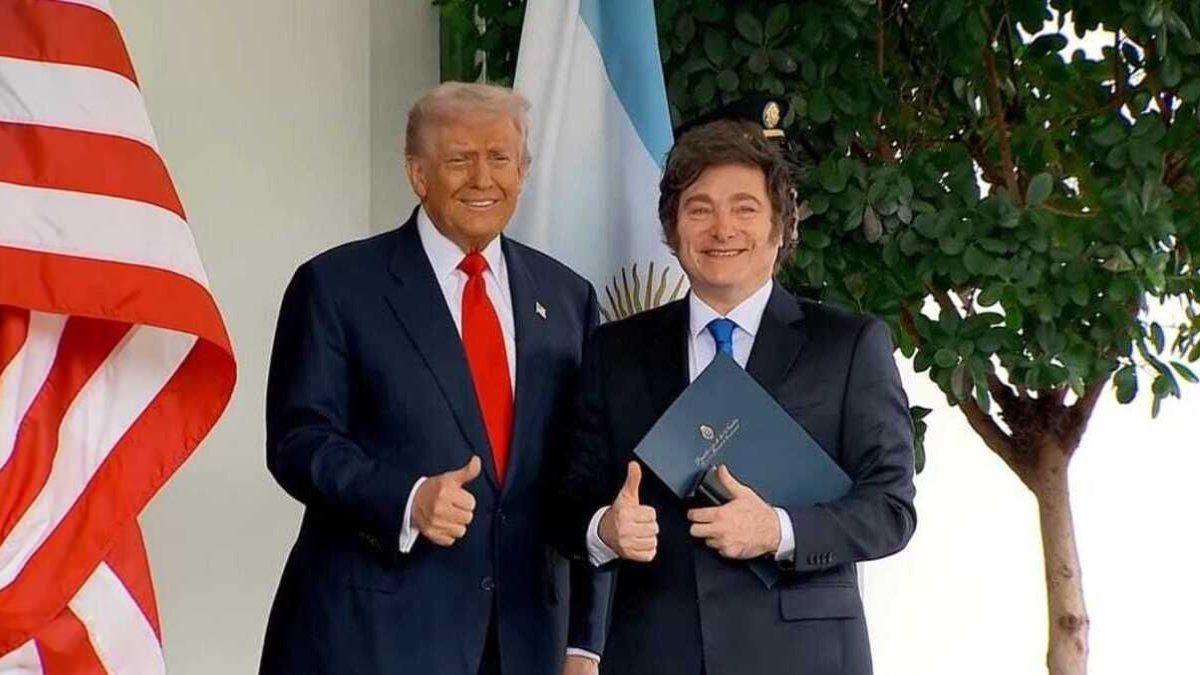According to private data, The current stock of paid liabilities exceeds $24 billionof which $13 billion are Passes and $11 billion are Leliq. They are equivalent to 10% of GDP and pay a rate lower than inflation. Among the new minister’s potential solutions would be the possibility of transferring that debt to the National Treasury.
Salvador Vitelli, head of Research at Romano Group, told Ambit that “if they pass the BCRA debt to the Treasury, this implies greater difficulties for the debt profile it already has”. If that were to happen, he considers that “it is to be expected that the public securities issued by the Treasury may suffer due to the fact that doubts are generated about their solvency.”
Vitelli points out that The idea of the new Minister of Economy is to “pass debt from one place to another”. In a way, the entity’s balance sheet will be healthy but at the same time, more surplus would be needed to repay that debt. doubts may arise about the ability to pay. In addition, he suggests that there is a risk that there will be “a dismantling of fixed-term positions” but considers that then “the dollars they want to obtain would come into play there because, if they remove the stocks quickly, the pesos will go to dollars.” that they don’t have today.”
Martin Kalosdirector of the consulting firm Epyca Consultores explained to this newspaper that ““It can be a delaying strategy.” to buy time until we get dollars for what would be Caputo’s true objective: lifting exchange restrictions.
Kalos explained that the Leliq “They are not a problem ready to explode and they can be solved in many ways and the best solution would be a combination of all possible measures.”
“Transforming a part into a Treasury liability could be a solution, but it is money that enters the Treasury that can be used to finance its spending. I don’t know if it’s desirable. “The banks would start financing the Treasury,” he indicated.
Another way, he suggests, is for the Treasury to borrow in dollars to keep the Central debt. “Who would they pay those dollars to? To the banks? “A priori it seems like a bad deal,” she emphasized. The head of Epyca Consultores points out that, if debt could be taken in dollars, it would be better to apply them to resolve the debt for imports that companies have taken, which threatens to stop activity. “Saying that you can’t get out of the trap because I can’t get the Leliq gives you time to get financing to get out of the trap,” he said.
The menu of options that were mentioned in recent days to “clean up” the BCRA’s liabilities include letting inflation in the long term liquefy debt with rates below inflation, passing the debt to the Treasury, and having the Treasury dollarize and that it is left with that dollarized debt, and even that Anses is left with the liabilities of the Central.
Javier Milei’s trouble with the Leliq is explained by the fact that the toughest liberal position, prior to the elections, stated that to solve the problems of the Argentine economy we must immediately get out of the trap., while other economists such as Carlos Melconian say that this measure should only be adopted at the end of a previous process of adjustment of the variables. Marina Dal Poggetto, director of EcoGo, also postulates that a fiscal and tariff shock must be applied from the outset, and maintaining the stocks would prevent the process from getting out of control in an exchange rate run.
Source: Ambito




